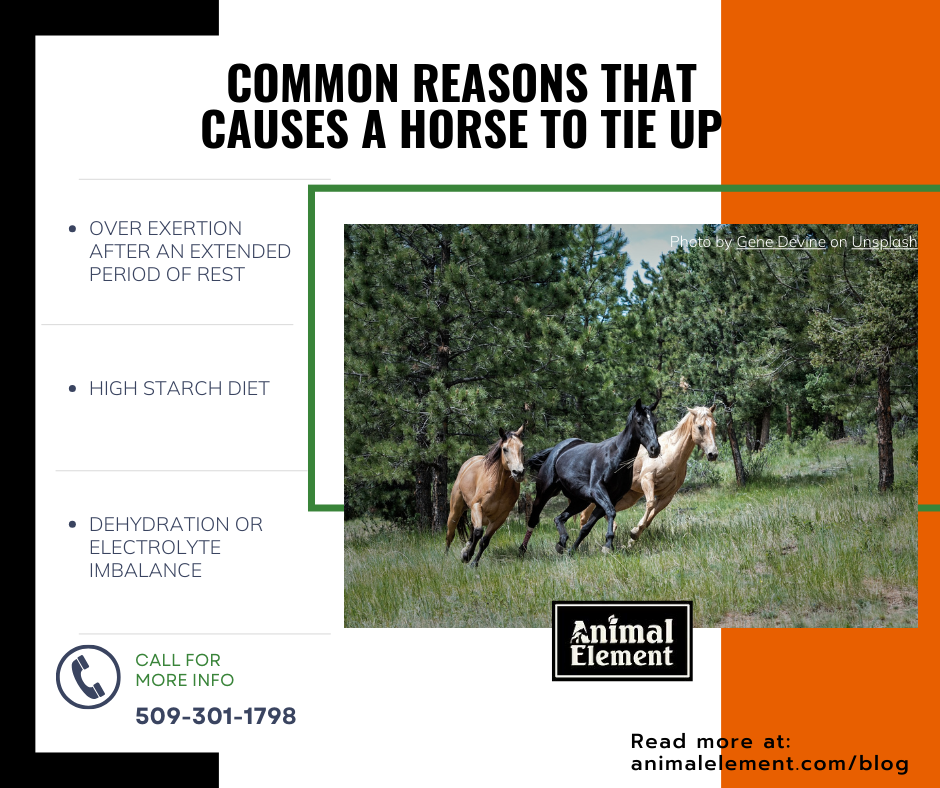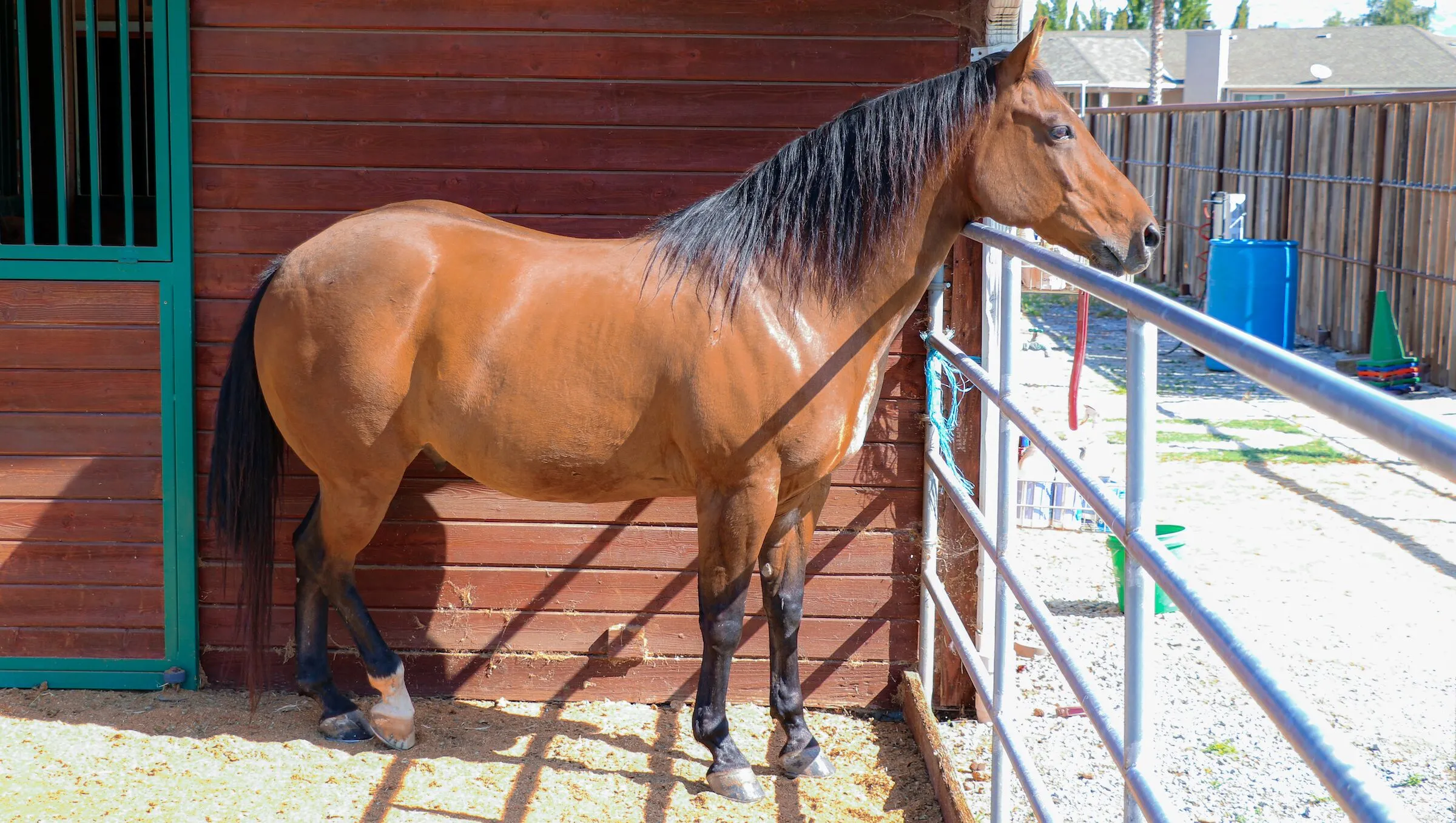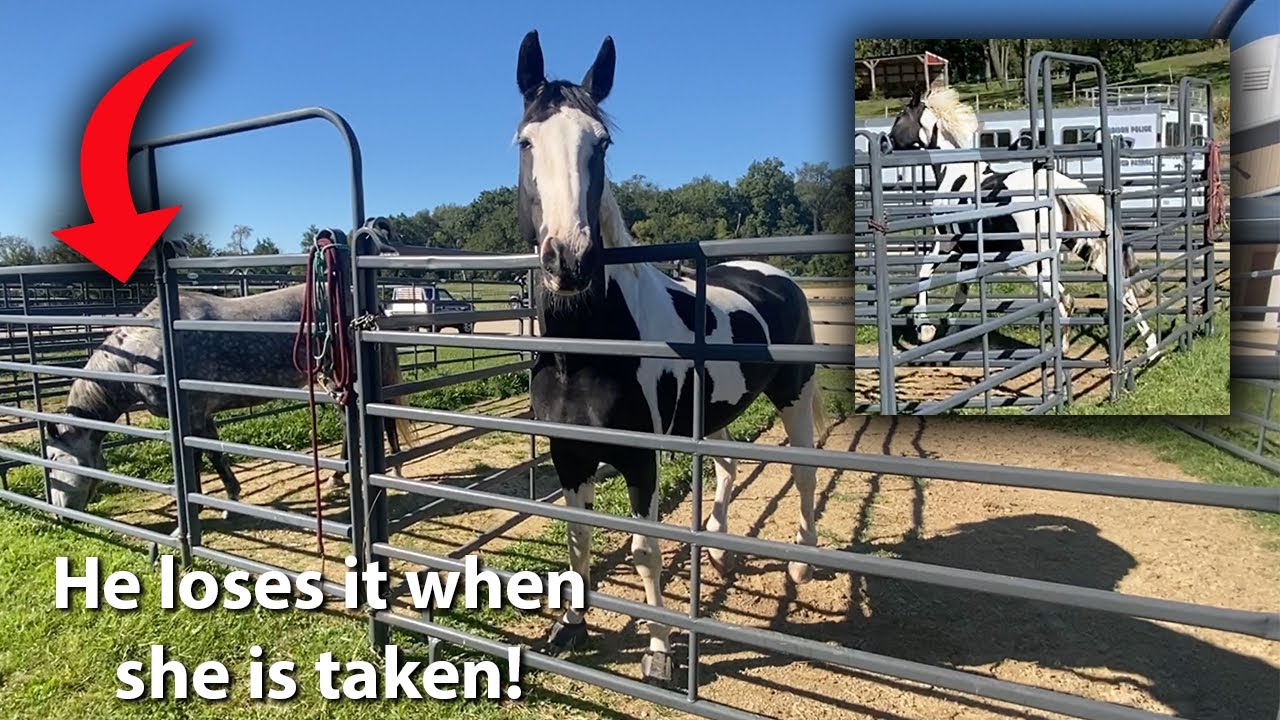Correcting Excessive Pawing While Your Horse Is Tied

Excessive pawing when a horse is tied can be a frustrating behavior for horse owners and handlers. It not only wastes the horse’s energy but can also lead to injury or damage to equipment. Understanding why horses paw and how to correct this behavior is essential for safety and effective horse management.
Why Do Horses Paw?

Pawing is a natural behavior in horses, often used to express impatience, boredom, anxiety, or discomfort. When tied, a horse may paw excessively due to:
- Boredom or Lack of Stimulation: Horses are social and active animals; being tied without interaction can lead to restlessness.
- Anxiety or Stress: Unfamiliar environments or separation from the herd can cause nervous behaviors.
- Discomfort or Pain: Ill-fitting tack or physical discomfort may prompt pawing.
- Habitual Behavior: Sometimes pawing becomes a learned habit reinforced over time.
Risks of Excessive Pawing
| Risk | Description |
|---|
| Injury to Horse | Pawing can cause hoof or leg injuries.
| Damage to Equipment | Reins, lead ropes, or tie points may wear or break.
| Safety Hazards | Sudden movements can startle handlers or other horses.
Strategies to Correct Excessive Pawing
1. Provide Mental and Physical Stimulation
- Use toys or treat balls to keep the horse engaged.
- Allow regular turnout and exercise.
2. Ensure Comfort
- Check tack fit and adjust as needed.
- Provide adequate padding or mats where the horse stands.
3. Training and Desensitization
- Teach the horse to stand quietly using positive reinforcement.
- Gradually increase tie time to build tolerance.
4. Environmental Management
- Tie the horse in a calm, familiar area.
- Minimize distractions and loud noises.
Sample Training Plan
| Week | Activity | Goal |
|---|---|---|
| 1 | Tie for 5 minutes, reward calmness | Build positive association |
| 2 | Increase tie time to 10 minutes | Improve patience |
| 3 | Introduce mild distractions | Enhance focus and calmness |
| 4 | Tie for 15+ minutes | Maintain calm behavior |
Frequently Asked Questions (FAQ)
Q1: How long does it take to stop pawing?
A: It varies by horse, but consistent training over several weeks usually shows improvement.
Q2: Can pawing cause permanent damage?
A: Yes, if unchecked, pawing can lead to hoof damage or injuries.
Q3: Should I punish my horse for pawing?
A: Punishment can increase anxiety; positive reinforcement is more effective.
Q4: Are there medical issues that cause pawing?
A: Yes, conditions like laminitis or joint pain can cause discomfort leading to pawing. Consult a vet if unsure.
By understanding the causes and implementing consistent training and management strategies, you can effectively reduce or eliminate excessive pawing while your horse is tied, ensuring a safer and more pleasant experience for both horse and handler.
